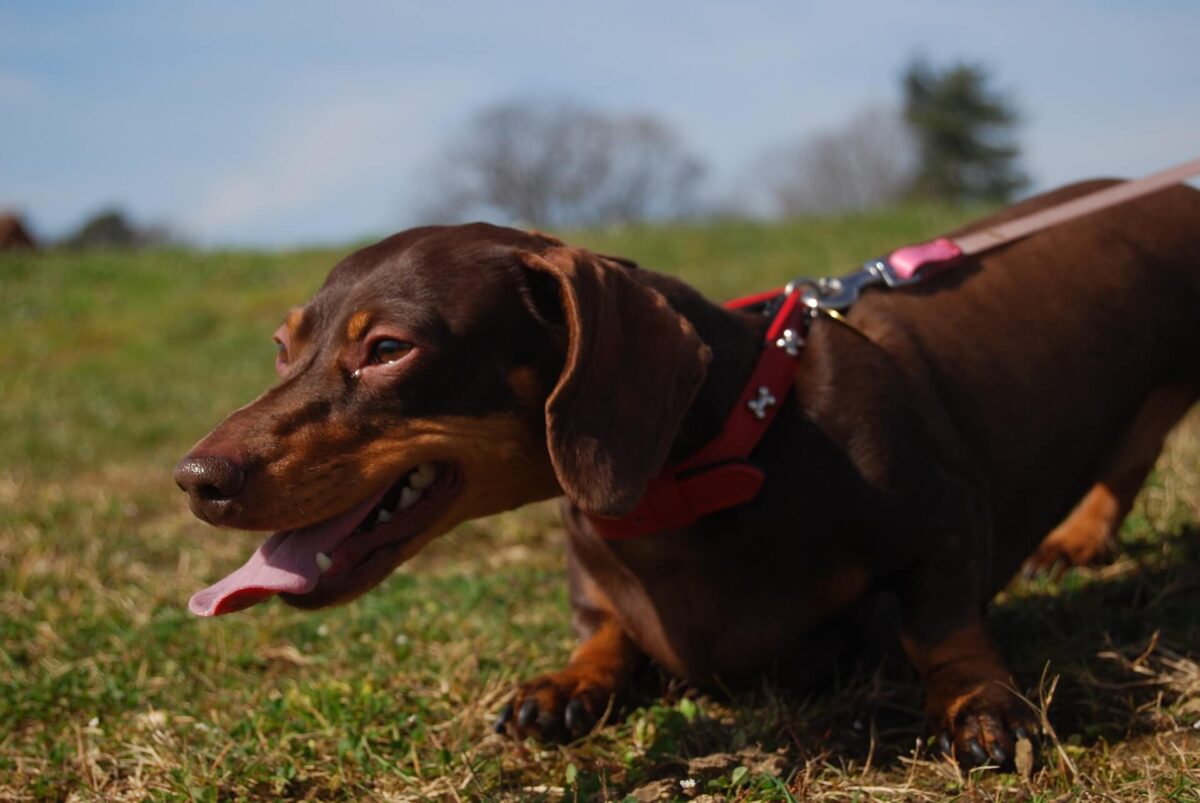We are all excited by the coming of the summer months as it means that we (should hopefully!) get some sunnier and warmer weather! But, with that said, the rising of the temperature over the summer does also mean that we need to make sure that we are taking extra care for our pets. Heatstroke can be a very serious and nasty situation for your dog if it arises, but have no fear! There are some simply and effective steps that you can follow to ensure that your lovely canine friend stays happy and healthy through the hotter months.
What is a heatstroke?
Heatstroke is very serious indeed in dogs, and it happens when dogs become too hot to be able to reduce their body heat by panting. As the RSPCA make clear, If a dog gets shows signs of heatstroke and is not cared for in the correct way, it can lead to death.

This is why it is very important to be extra vigilant when the temperature heats up, especially if you have an older dog or a dog with a thick, heavy coat. The RSPCA also highlight that dogs ‘with very short flat faces like pugs and bulldog types’ are also under a greater risk.
Signs of a heatstroke
Although this may all seem a bit a scary, it is thankfully not a difficult job to ensure that your dog never gets close to that dangerous stage of heatstroke. There are signs that you can watch out for which will make it clear early on whether or not they are overheating, and therefore whether you will need to take action to cool them down.
One of the main signals is if your dog is panting excessively on a hot day. Of course, a certain level of panting is a natural and healthy part of the process of a dog cooling down. But you should be able to recognise a continuous and intense level of panting which seems to go beyond what would be normal for them. You should also watch out for excessive drooling, especially if combined with the excessive panting.
If you notice any signs at all of lethargy, drowsiness or uncoordinated movement, then you will also need to take action. At the more extreme end of the spectrum, heatstroke could manifest in your dog in such a way as to cause them to pass out or vomit.
Other potential signs which might be cause for concern in combination with others noted above would be pale or excessively red gums; muscle tremors; increased heart rate; limited urine production; or a bright red tongue.
What to do if your dog has a heatstroke
As we say, this all sounds quite severe and probably rather scary! But it is important that you know the signs, as there are thankfully a number of ways that you can respond should you notice them occurring on a hot day. What you are looking to do with your response is gradually lower the temperature of your dog.
The first step should therefore be for you to move your dog to an area in the shade and begin to gently wet him or her with cool water. You need to ensure that the water is cool and not cold, so as not to induce shock. One way of doing this could be to dampen a cloth or a towel with cool water and gently use this on your dog. If you have a fan, then you might also direct this towards your dog as they begin to cool off in their shaded area.
As you are doing this, you should also bring some cool water to your dog and allow them to gradually drink small amounts. Continue then to gently use the cool, dampened towel on your dog until you can see that their breathing has started to return to a settled state. At this point, you will need, as a matter of urgency, to take your dog to see a vet.
How to prevent your dog from getting a heatstroke
So, there are some simple steps there which, if carried out calmly and efficiently, are there to help should your dog get into trouble with heatstroke. However, the most important thing is to make sure that your dog never gets to that stage. There are 4 simple steps which you can follow, as well as handy tools you can buy, to make sure you dog doesn’t overheat as temperatures rise.
- Take your dog outside for a walk only in the coolest point of the day; in a particularly hot period, the only time when it will be cool enough will be first thing in the morning.
- Make sure that dog has a cool, well ventilated place to relax. The panting that helps them cool down relies upon a good flow of air, so they should have a position in the shade, perhaps with windows open and a fan going, so that they can go through their cooling process effectively.
- Always ensure that your dog has cool, fresh drinking water available.
- There are also some things you should never do such as leave your dog in a car or allow your dog to spend time on a reflective surface in the heat such as concrete, sand or asphalt.
On top of this, you can also pick up some handy products which will increase the extent to which you can keep your dog nice and cool. One tip might be buying a cooling pool for your dog to splash about in, or indeed a cooling mat, where they can lie down on a surface which can cool down to below 10 degrees of the ambient temperature.
There are also some clever inventions such as cooling collars and cooling soak toys. For more information and more ideas on fun and creative dog accessories to get this summer, do have a look at our pet cooling product overview.

